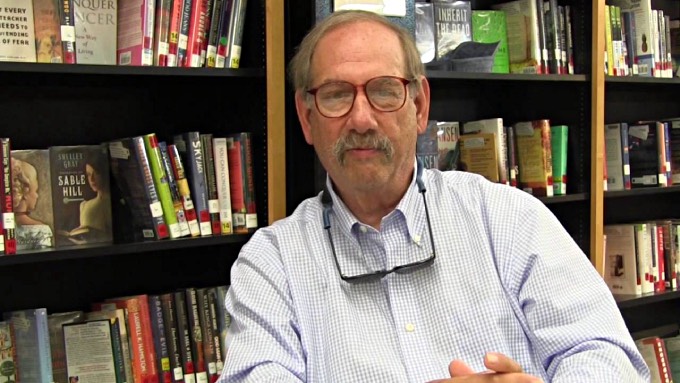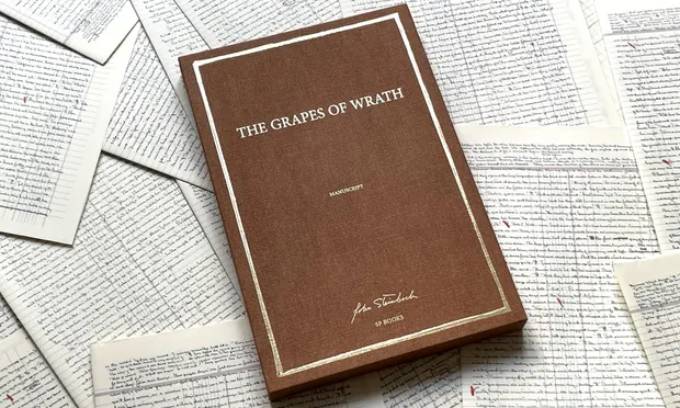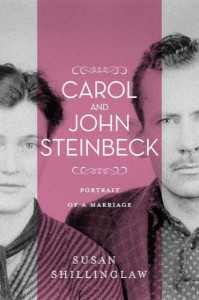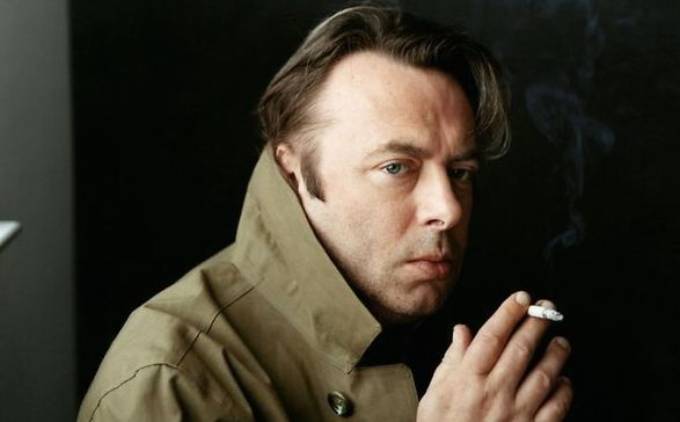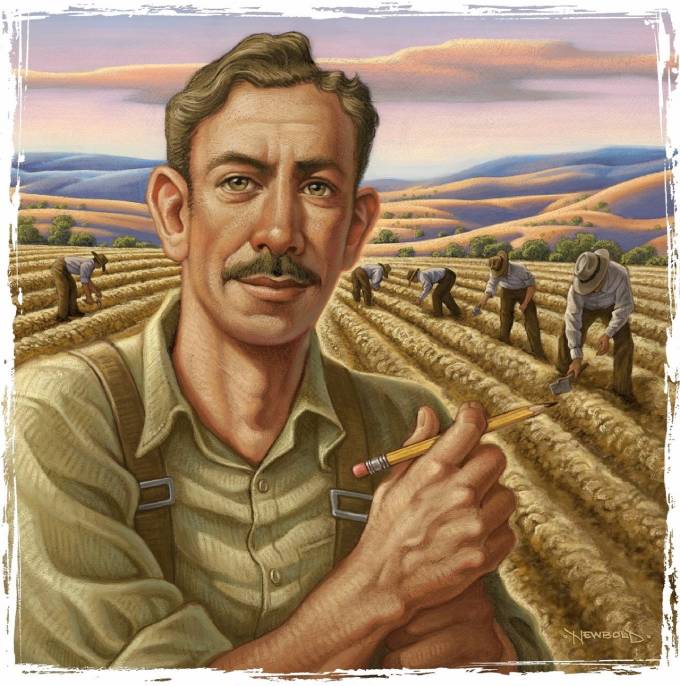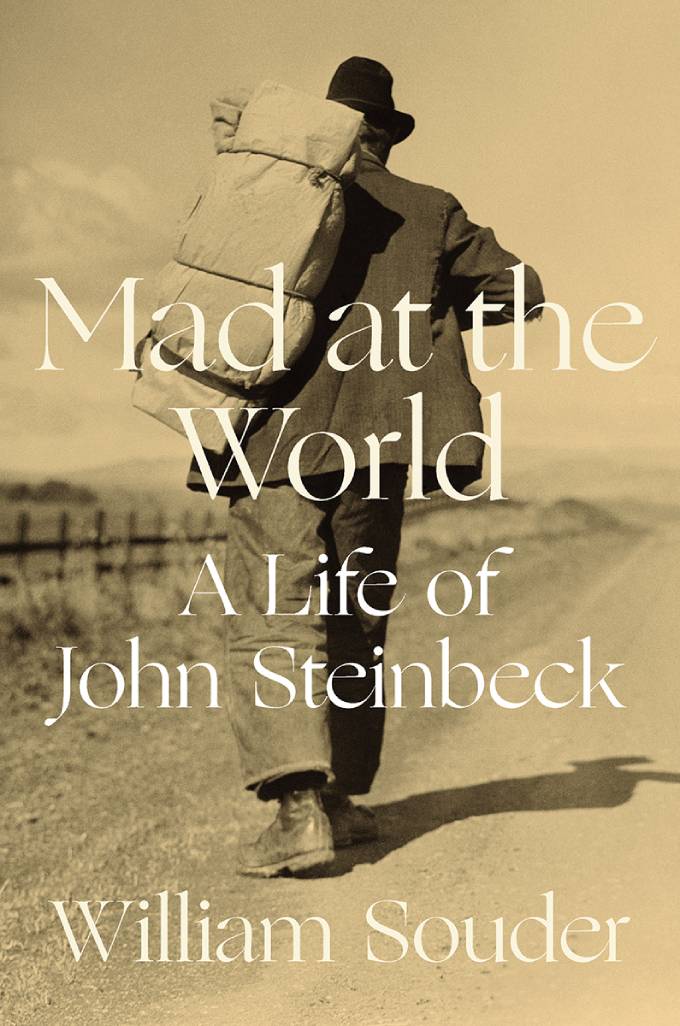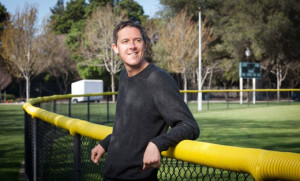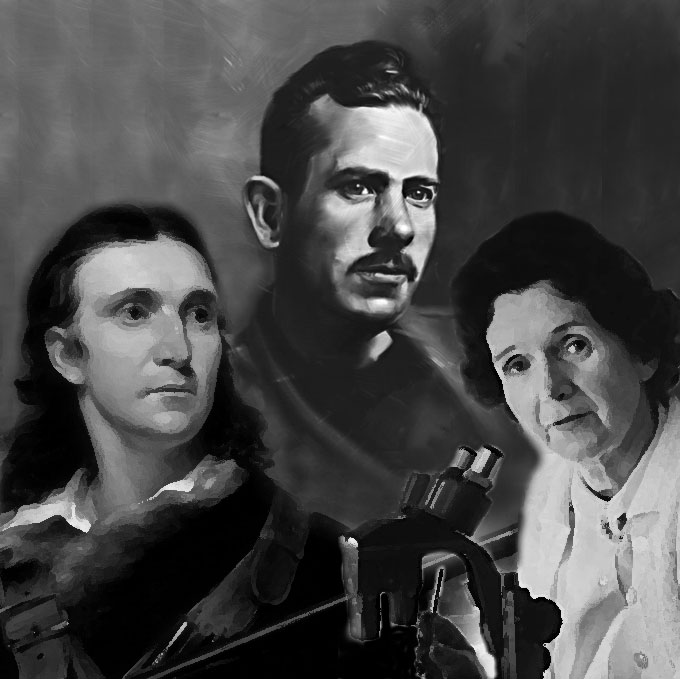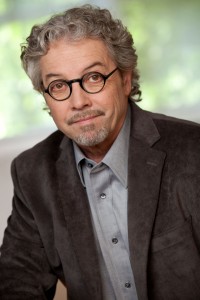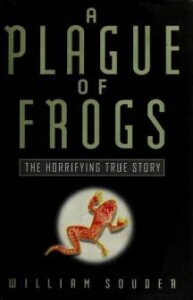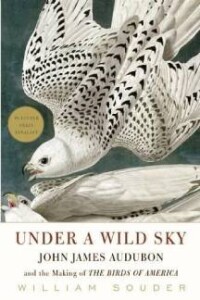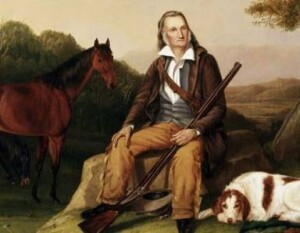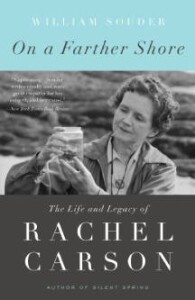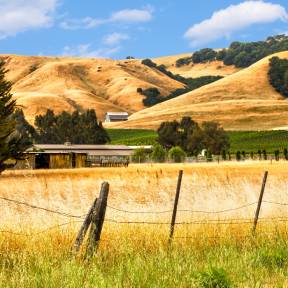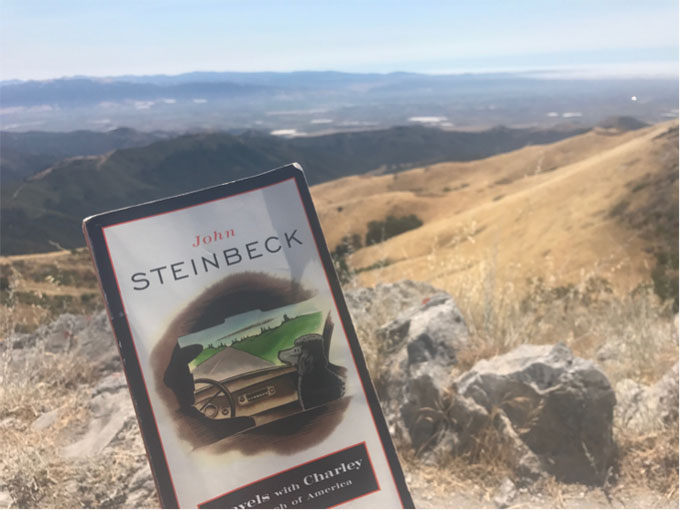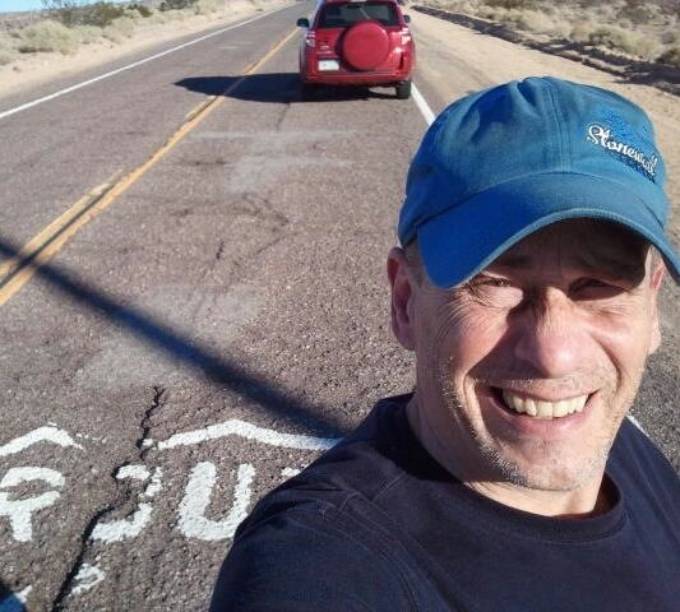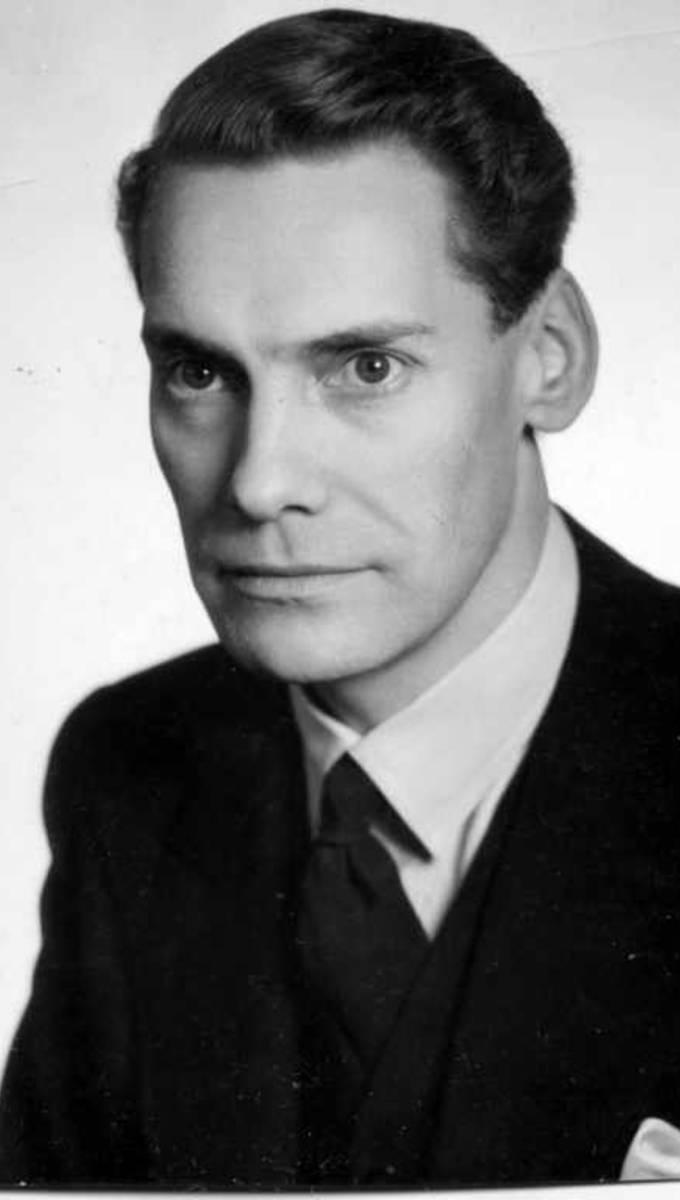The November 2022 publication of Steinbeck’s Imaginarium was propitious. Its publisher, the University of New Mexico Press, published Steinbeck and His Critics: A Record of Twenty-Five Years in 1957, when Steinbeck was still in touch with “Skunkfoot Hill,” his boyhood rival from Salinas, who chaired UNM’s department of anthropology. Its author, Robert DeMott, is Professor Emeritus of American literature and creative writing at Ohio University, and a major force in Steinbeck scholarship; Steinbeck’s Imaginarium is his valedictory to the community and field of study he helped create. Chapter subjects indicate the book’s range and variety (“Half a Century with Steinbeck,” the writing of Cannery Row, Steinbeck’s journals, Steinbeck and fly-fishing). But the subtitle (“Essays on Writing, Fishing, and Other Critical Matters”) seriously understates the book’s importance to the future of Steinbeck studies. A deep dive into texts, contexts, and connections, Steinbeck’s Imaginarium is certain to become a vade mecum for serious students of Steinbeck in need of a friendly guide.
John Steinbeck’s Gravitational Pull
DeMott’s preface describes his sense of connection to Steinbeck’s life and writing, and his purpose in pursuing both as the chief work of a 50-year career:
For me, the Matter of Steinbeck—by which I mean not just his writings but the overall body of his work, the allied collection of diverse historical, personal, creative, and intellectual materials that make up his achievement and offered possibilities for sustain investigation into his life and career—was never solely a bloodless investigation into his life and career, nor a way to mark academic time and advancement . . . but an attempt to understand and communicate one writer’s important literary, social, and ecological vision that gathered strength, urgency, and relevance as the years went on. Steinbeck’s gravitational pull got stronger over the decades, not weaker.
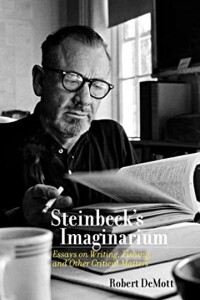 The fruits of the author’s passion for the Matter of Steinbeck, in all its forms, have proven to be abundant. They include Steinbeck’s Reading and Steinbeck’s Typewriter, a pair of books that provide helpful lists and important insights into the process of Steinbeck’s reading and writing; After The Grapes of Wrath, a collection of essays with Donald Coers and Paul Ruffin; and critical editions of major works by Steinbeck for Penguin Books and the Library of America: To a God Unknown, Novels and Stories 1932-1937, Novels 1942-1952, The Grapes of Wrath, Sweet Thursday, Travels with Charley and Later Novels 1947-1962 (with Brian Railsback), and Working Days: The Journals of The Grapes of Wrath 1938-1941. Seminars taught and dissertations directed at Ohio University have produced stars like Railsback, founding dean of the honors college at Western Carolina University, and David M. Wrobel, dean of arts and sciences at the University of Oklahoma. DeMott’s directorship of San Jose State University’s Steinbeck Studies Center, early in the center’s development, resulted in the acquisition of one-of-a-kind documents and artifacts, including Steinbeck’s Hermes typewriter. Steinbeck’s Imaginarium builds on this history of scholarly energy, enterprise, and collaboration. But DeMott insists that there is still unfinished Steinbeck business to be done by a new generation. His to-do list for the future includes an unexpurgated edition of Steinbeck’s letters, collected editions of Steinbeck’s journals and unpublished works, and a volume of Steinbeck iconography and artifacts, like the one on Ernest Hemingway organized by Michael Katakis, Hemingway’s literary executor, in 2018.
The fruits of the author’s passion for the Matter of Steinbeck, in all its forms, have proven to be abundant. They include Steinbeck’s Reading and Steinbeck’s Typewriter, a pair of books that provide helpful lists and important insights into the process of Steinbeck’s reading and writing; After The Grapes of Wrath, a collection of essays with Donald Coers and Paul Ruffin; and critical editions of major works by Steinbeck for Penguin Books and the Library of America: To a God Unknown, Novels and Stories 1932-1937, Novels 1942-1952, The Grapes of Wrath, Sweet Thursday, Travels with Charley and Later Novels 1947-1962 (with Brian Railsback), and Working Days: The Journals of The Grapes of Wrath 1938-1941. Seminars taught and dissertations directed at Ohio University have produced stars like Railsback, founding dean of the honors college at Western Carolina University, and David M. Wrobel, dean of arts and sciences at the University of Oklahoma. DeMott’s directorship of San Jose State University’s Steinbeck Studies Center, early in the center’s development, resulted in the acquisition of one-of-a-kind documents and artifacts, including Steinbeck’s Hermes typewriter. Steinbeck’s Imaginarium builds on this history of scholarly energy, enterprise, and collaboration. But DeMott insists that there is still unfinished Steinbeck business to be done by a new generation. His to-do list for the future includes an unexpurgated edition of Steinbeck’s letters, collected editions of Steinbeck’s journals and unpublished works, and a volume of Steinbeck iconography and artifacts, like the one on Ernest Hemingway organized by Michael Katakis, Hemingway’s literary executor, in 2018.
Student Scholars in Search of a Mission
But the data provided in DeMott’s survey of conferences devoted to Steinbeck, starting in 1969, raises a troubling issue: the decline in participation, and thus stature, at Steinbeck events. The first such conference, held at the University of Connecticut, celebrated The Grapes of Wrath and featured literary lights like Malcolm Cowley, Granville Hicks, Hyatt Waggoner, Ted Hayashi, Peter Lisca, and Warren French. The Oregon State University conference of 1970, organized by Richard Astro, got the Steinbeck-ecology ball rolling, with Joel Hedgpeth, Jackson Benson, John Ditsky, Robert Morsberger, and Steinbeck’s pal Toby Street in attendance. “Steinbeck Country,” the 1971 conference at San Jose State University, attracted 800 attendees and spurred DeMott’s “fascination for visiting the physical places that inspire literary and artistic works.” Conferences held at San Jose State in 2013, 2016, and 2019 attracted far fewer, despite some effort to encourage student scholars. Steinbeck’s Imaginarium can help rectify this situation if it is taken to heart by this critical audience: young scholars looking for a mission, like Robert DeMott 50 years ago. His reading of Steinbeck texts and contexts—along with detailed notes, lists, and surveys of people, places, and events—provides the necessary information. His personal way of “being in the world” with John Steinbeck—a fellow fisherman, poet, and evangelist for human understanding—should provide the inspiration.
